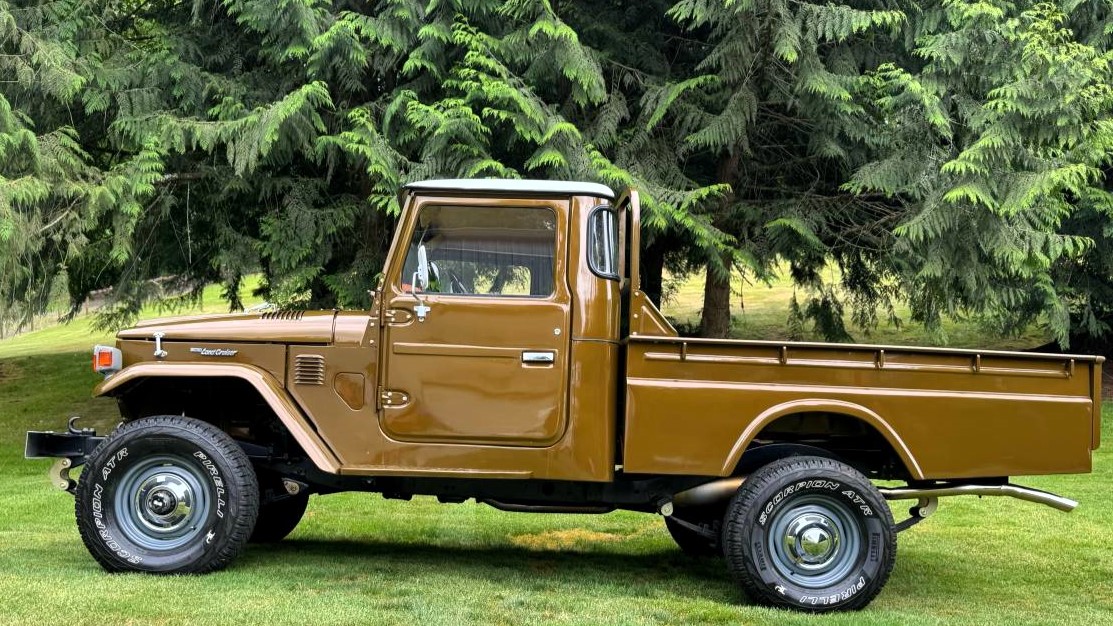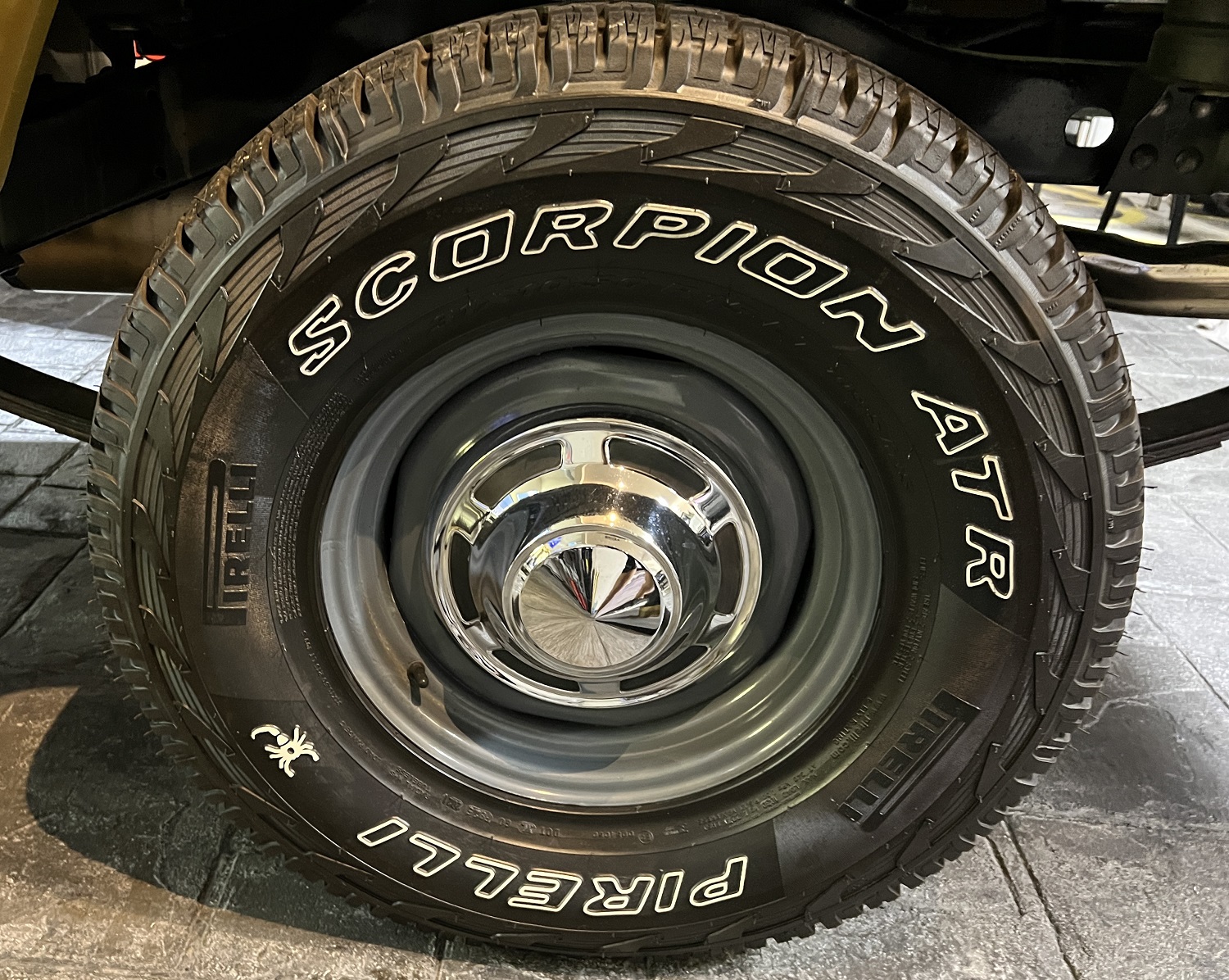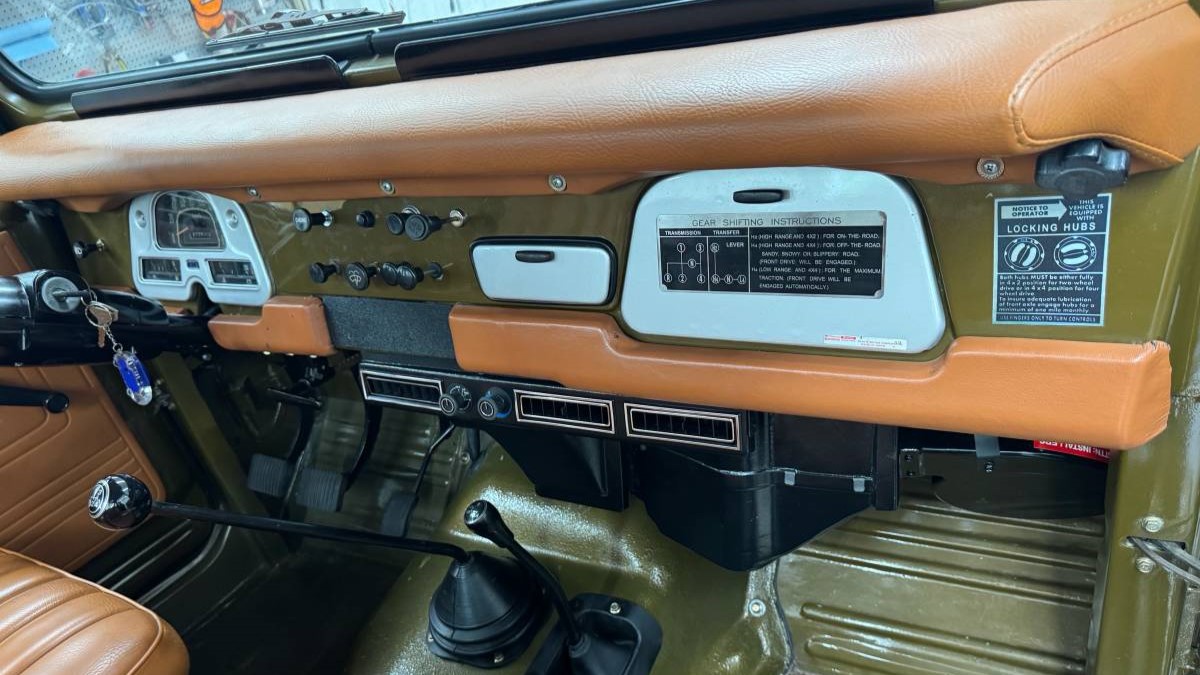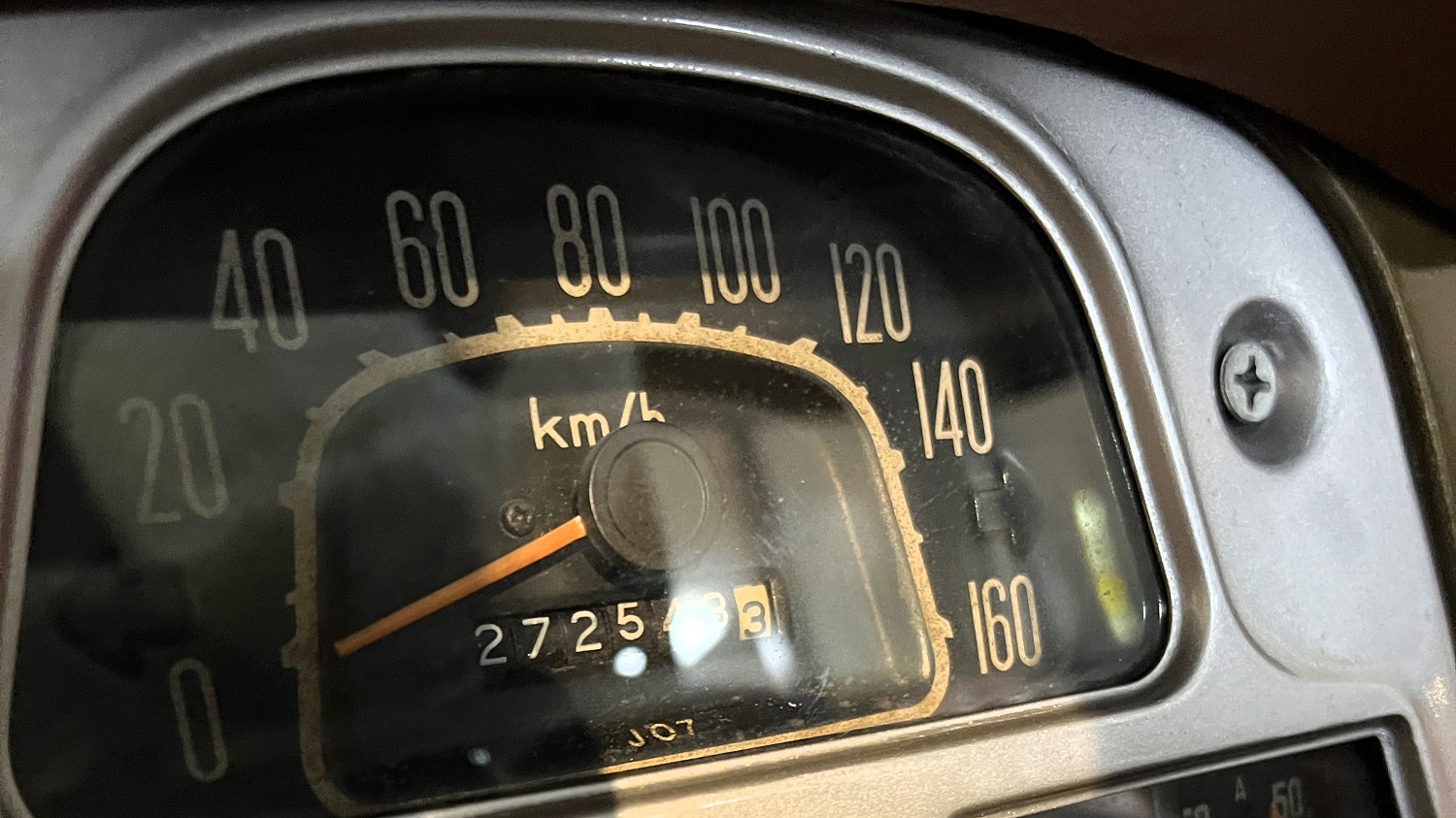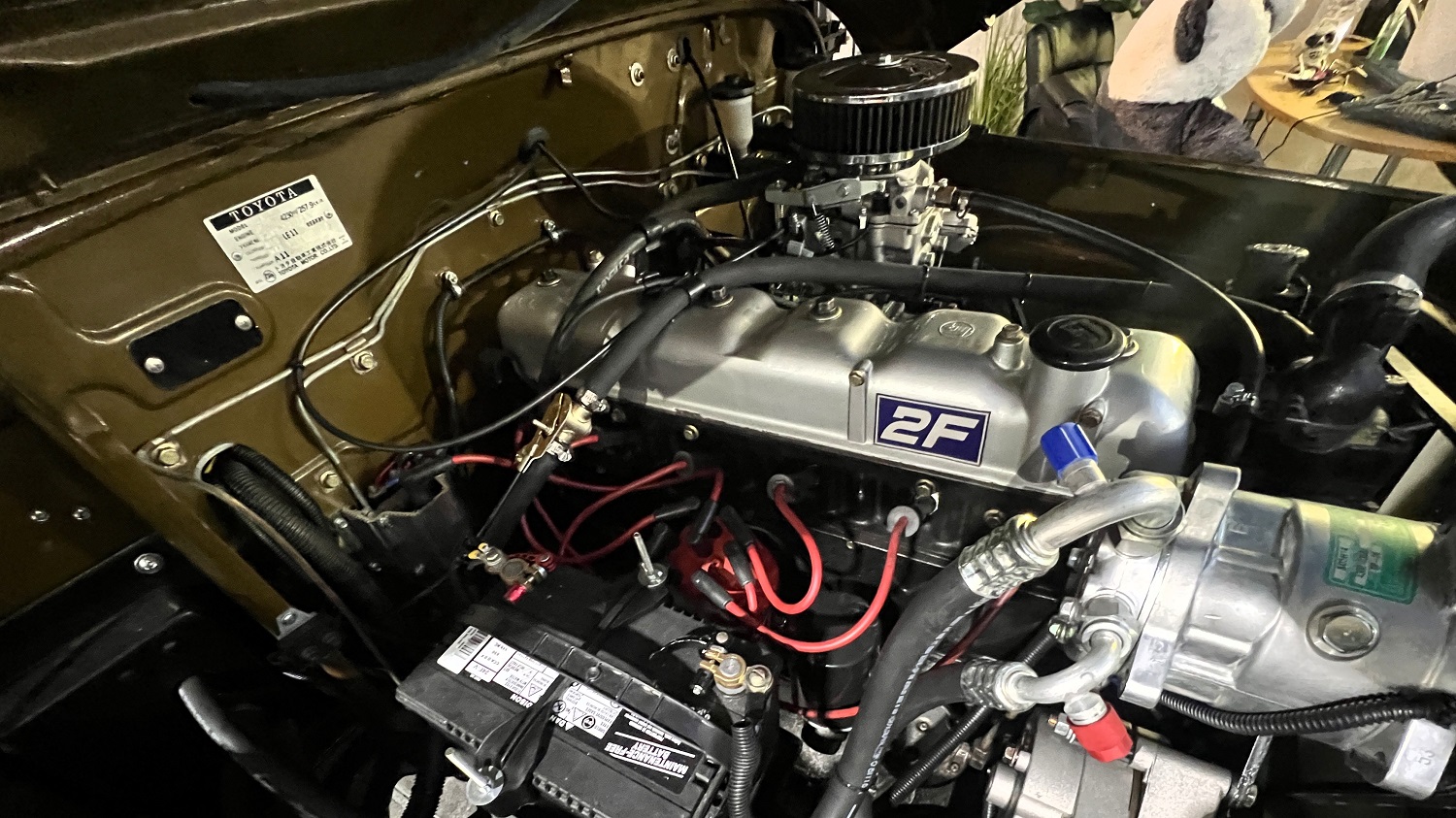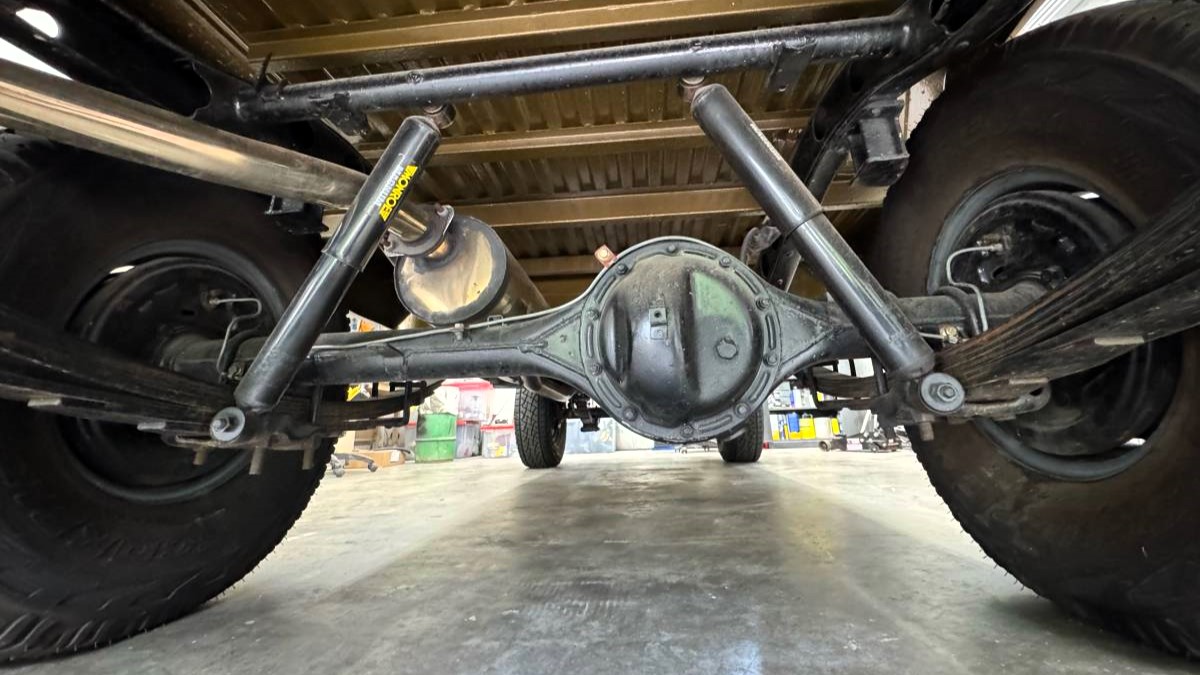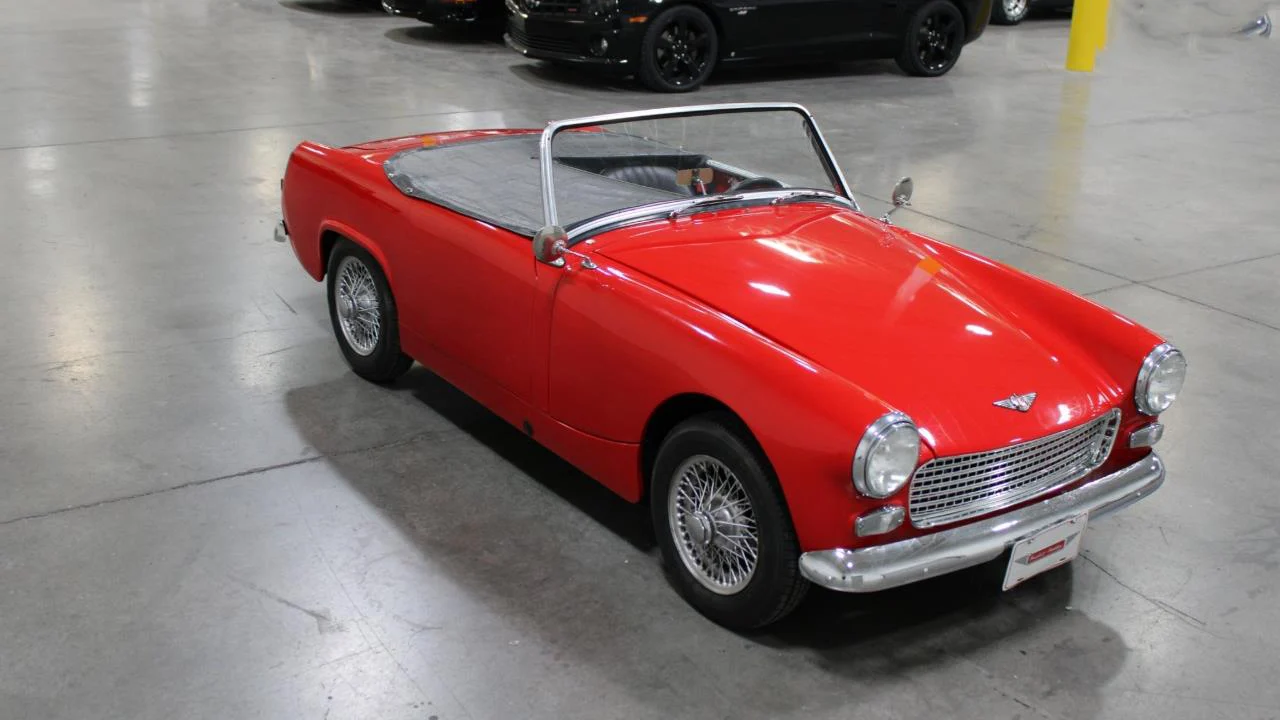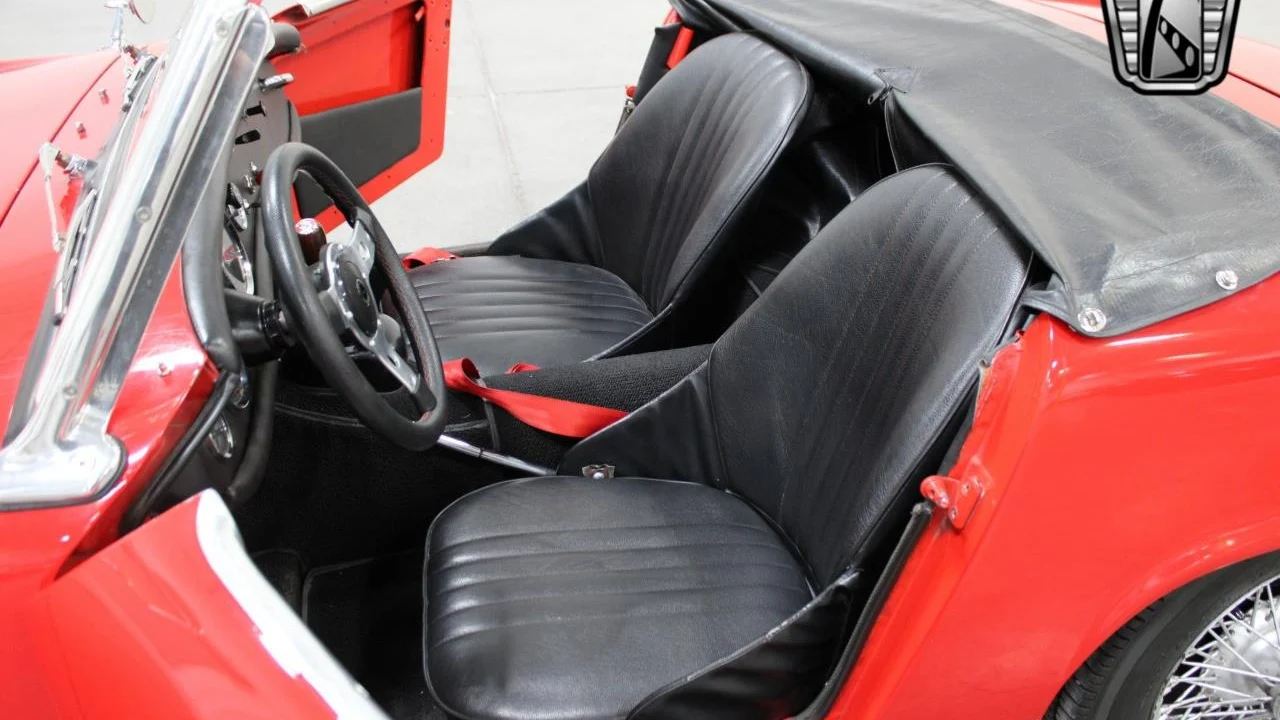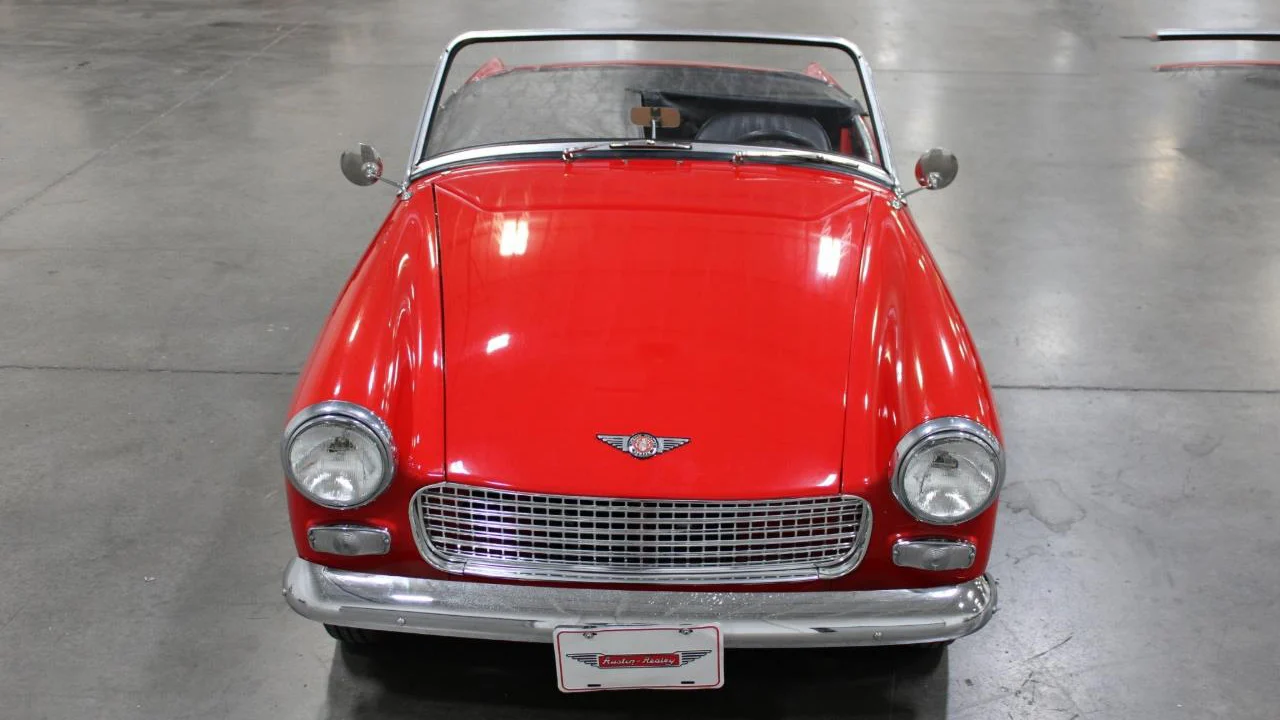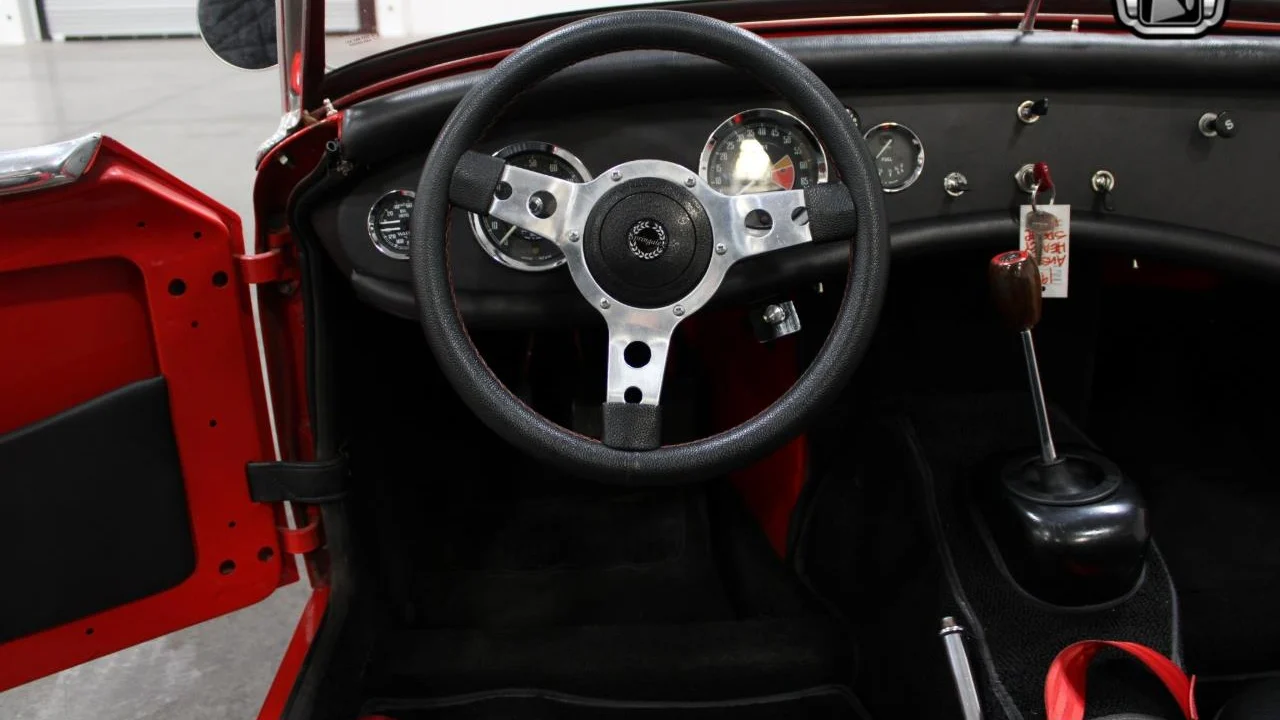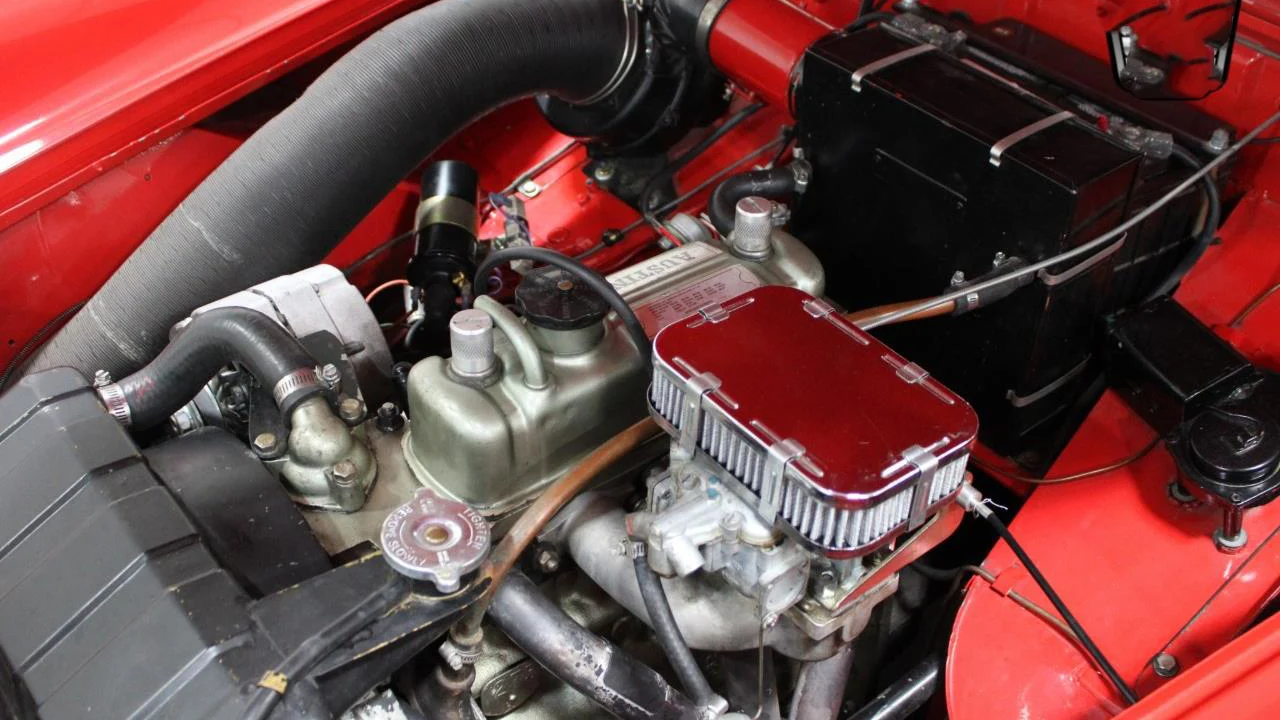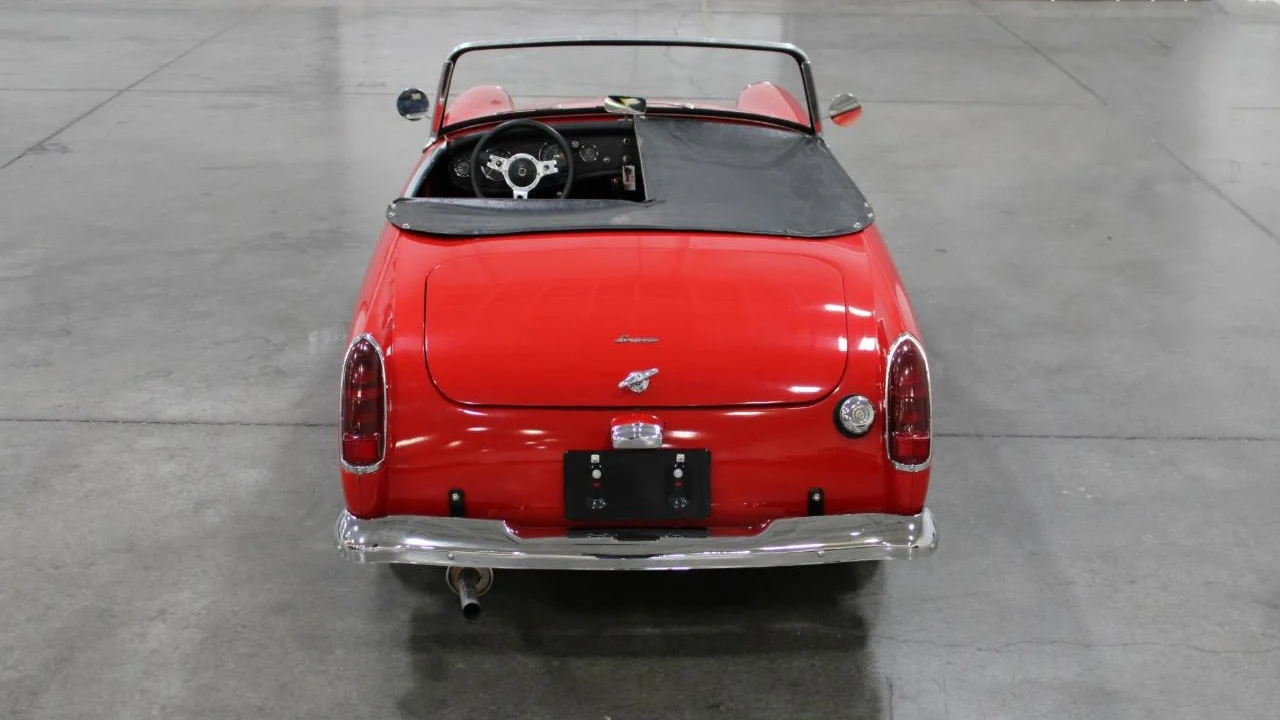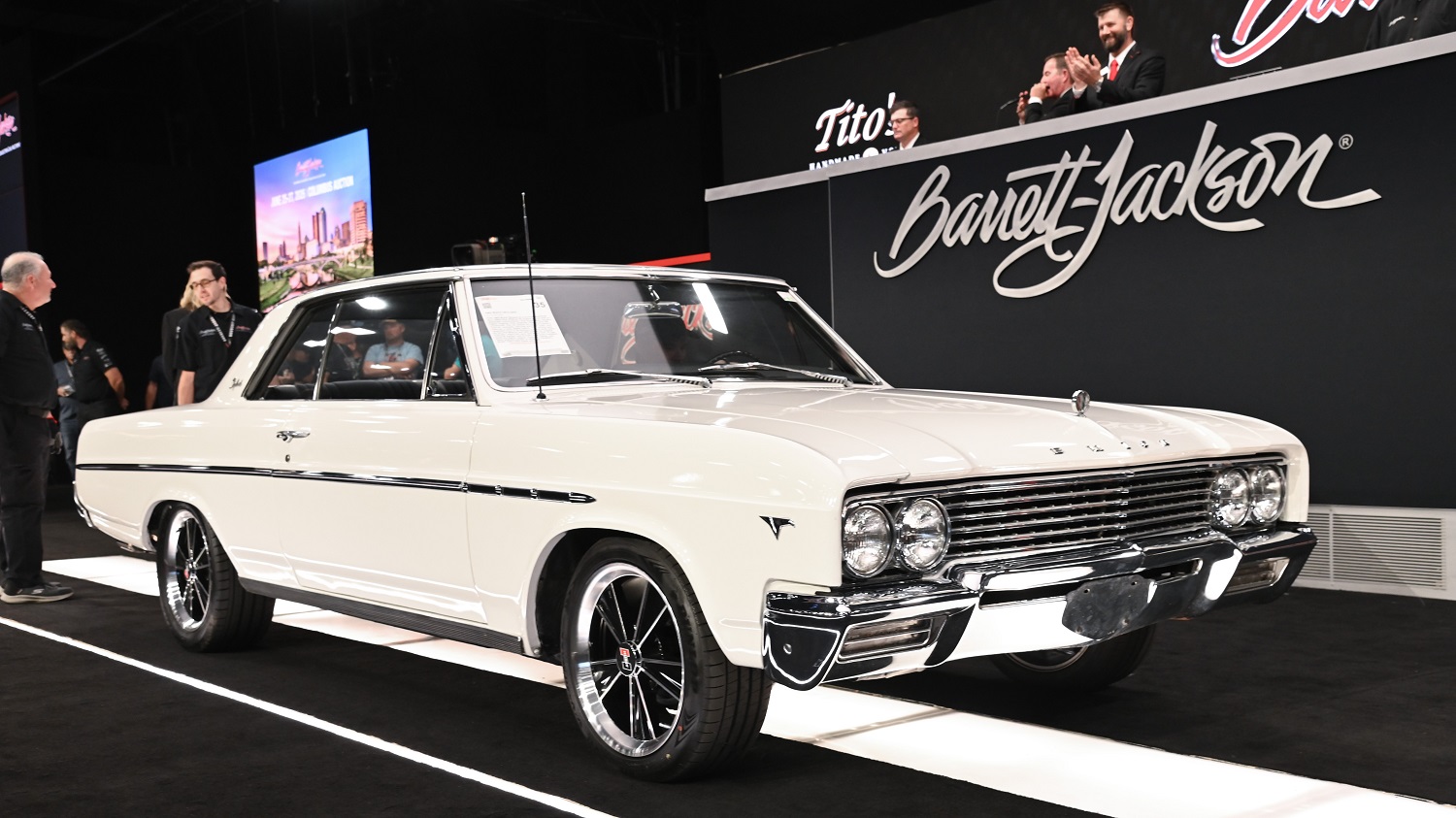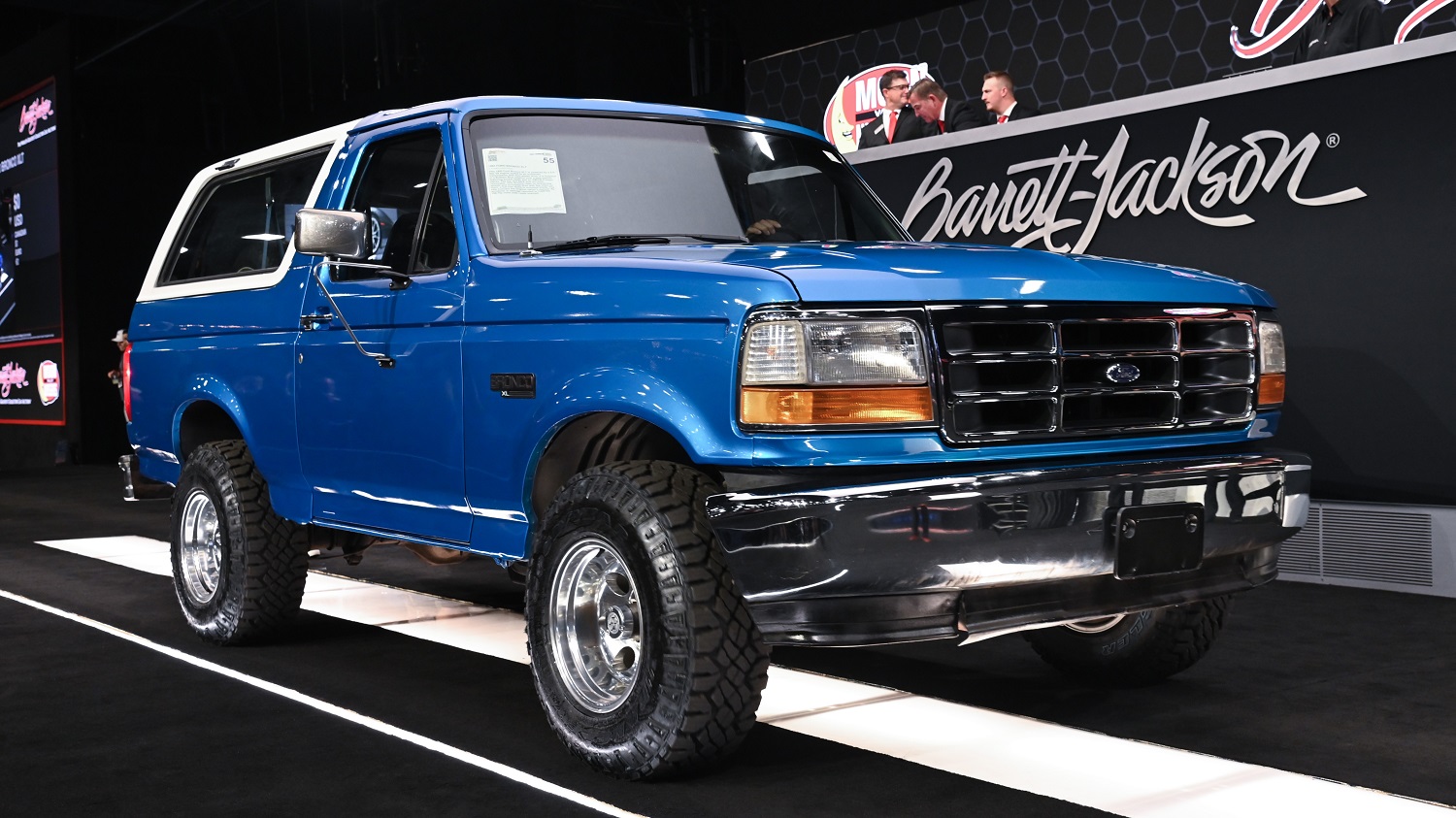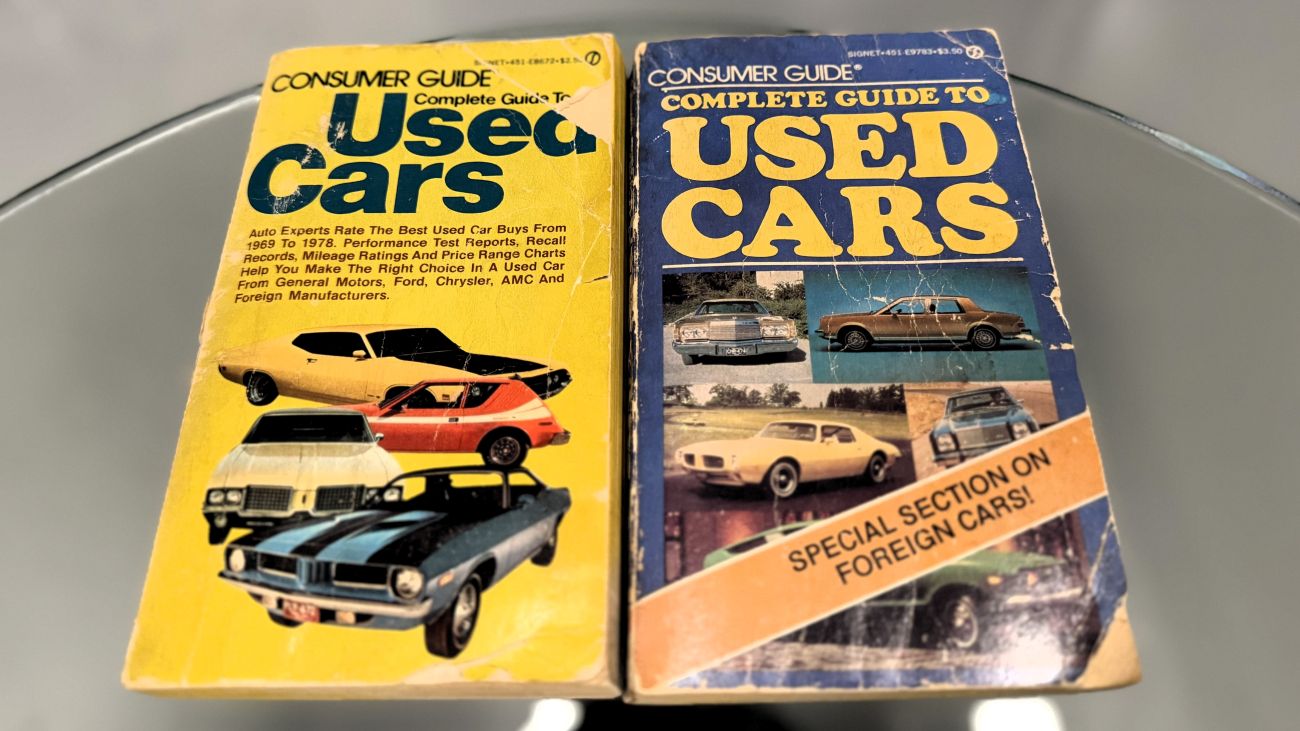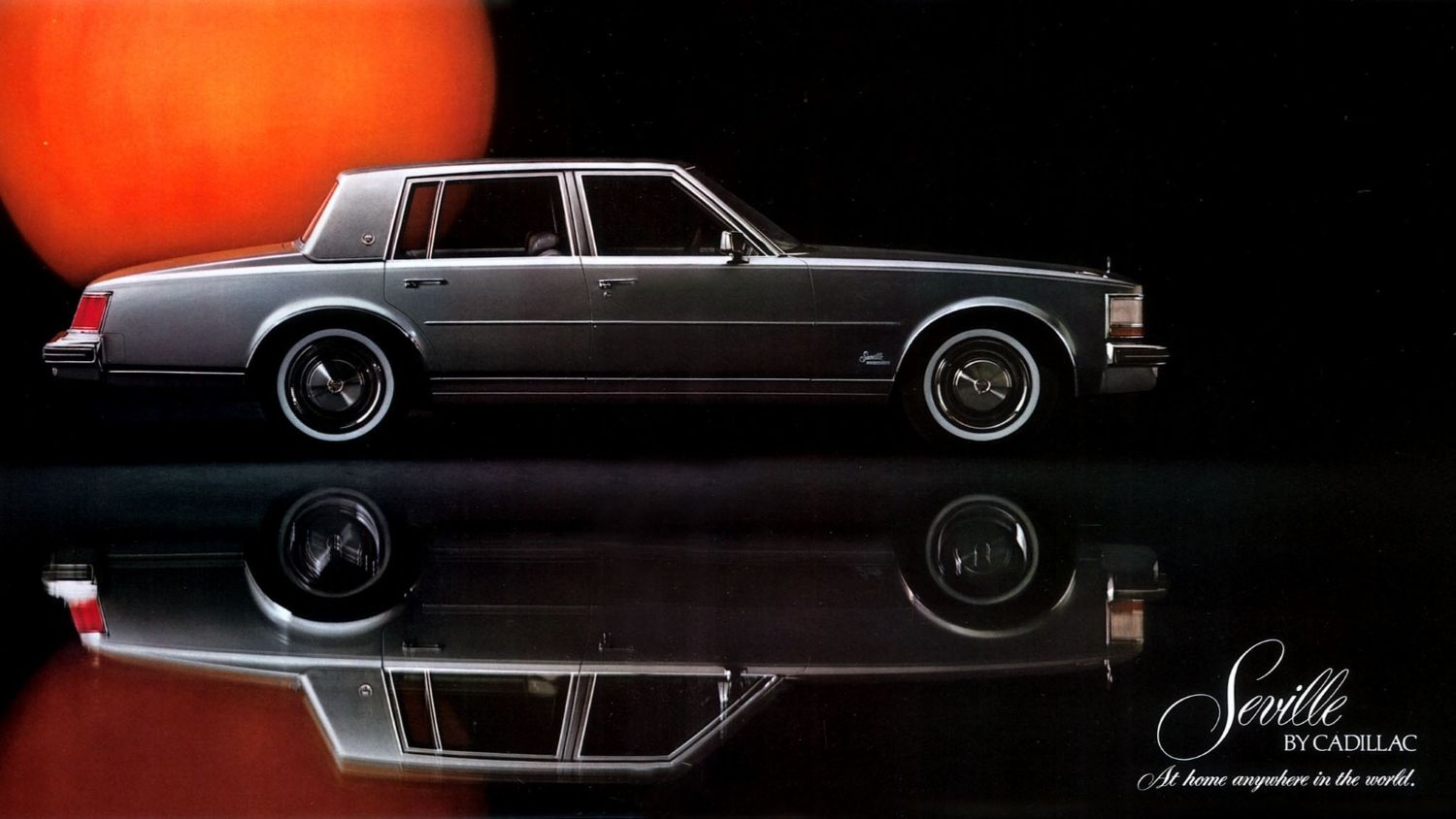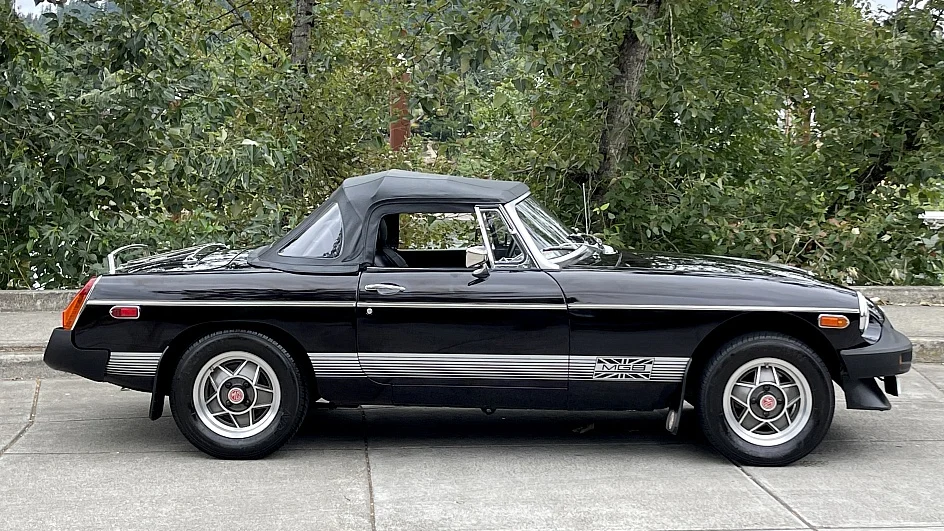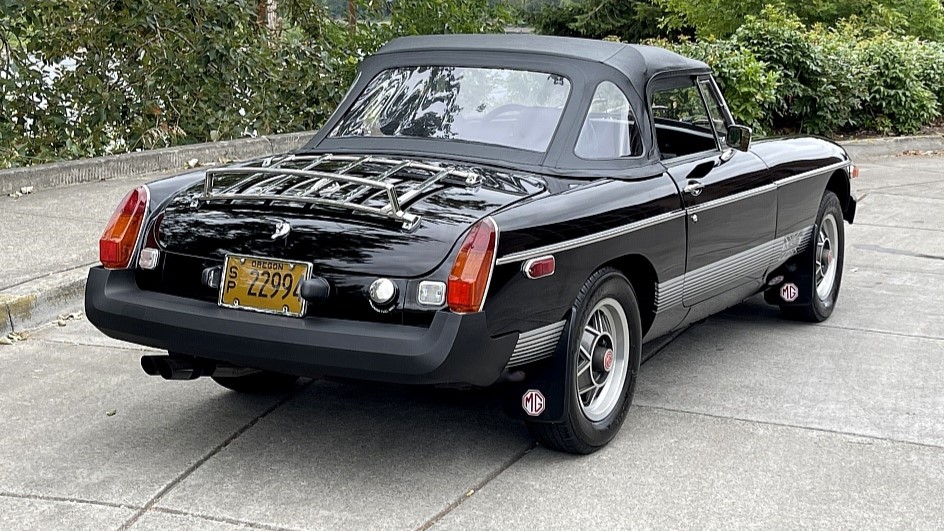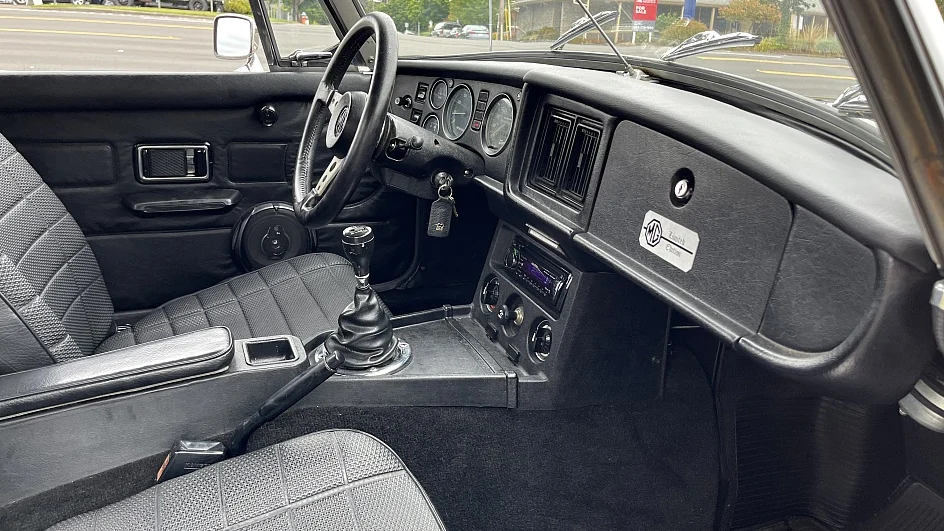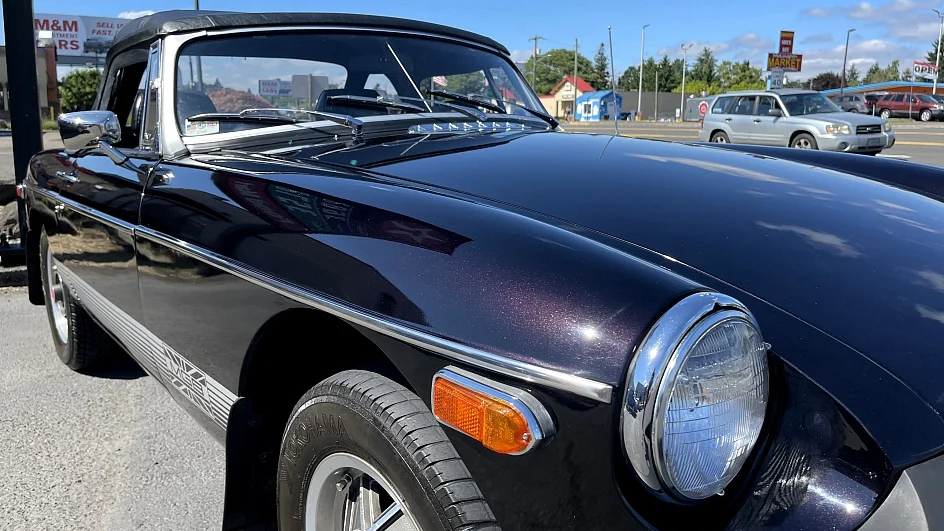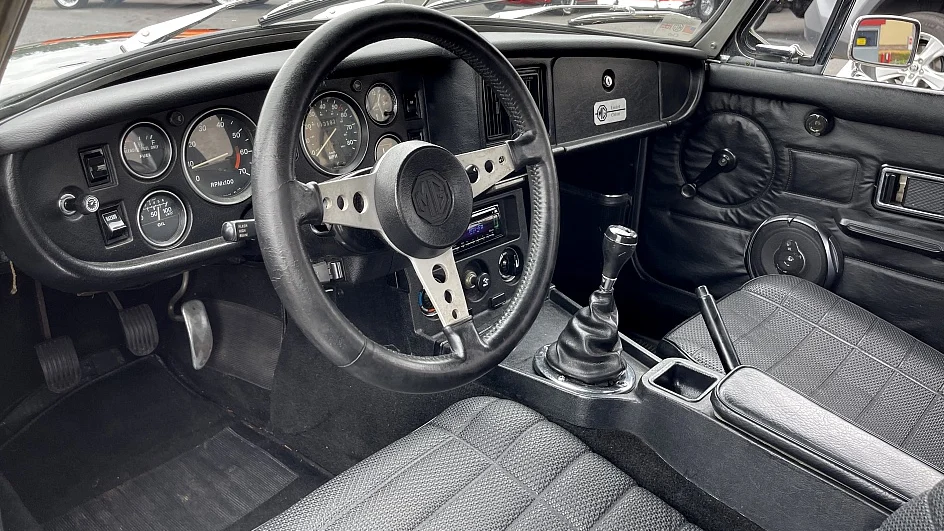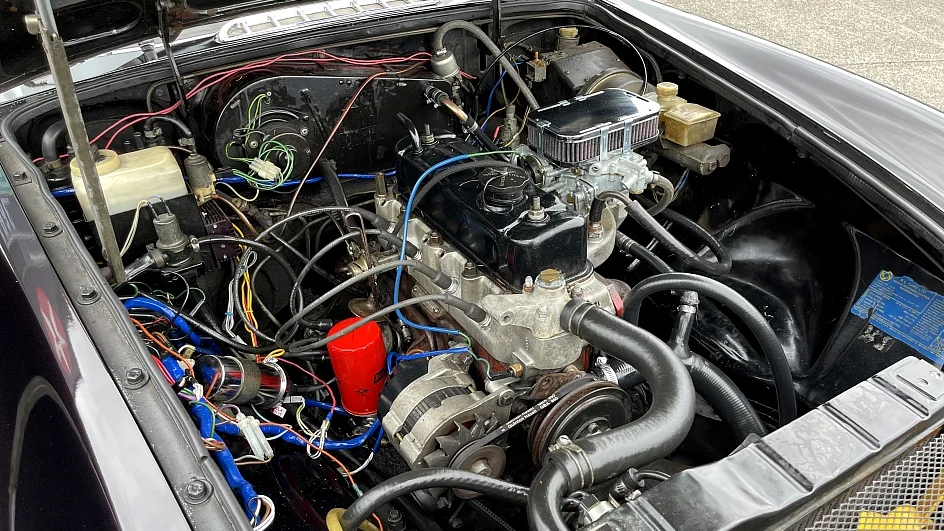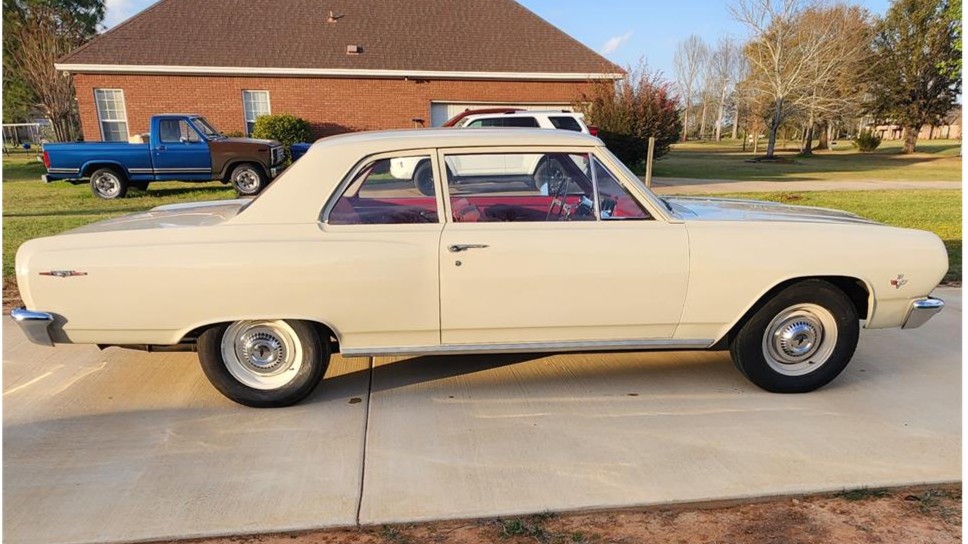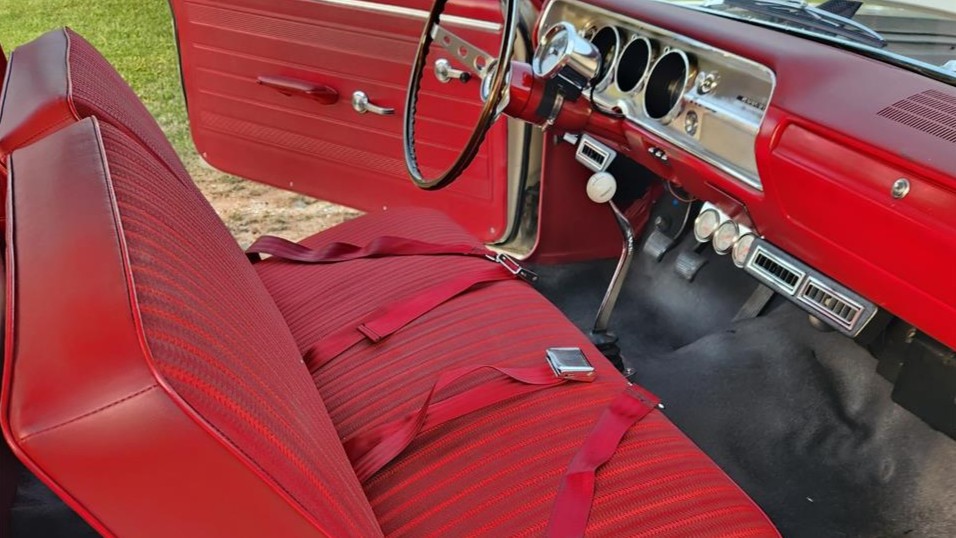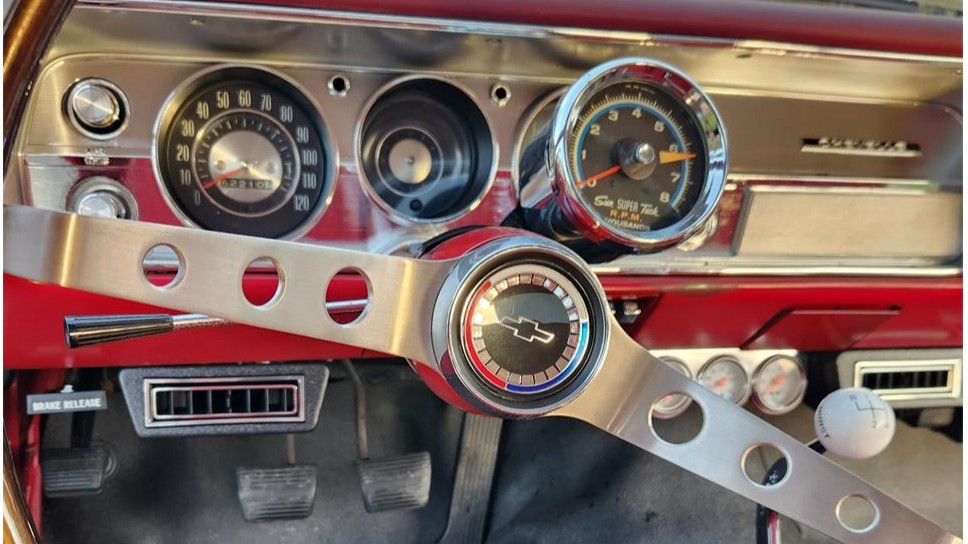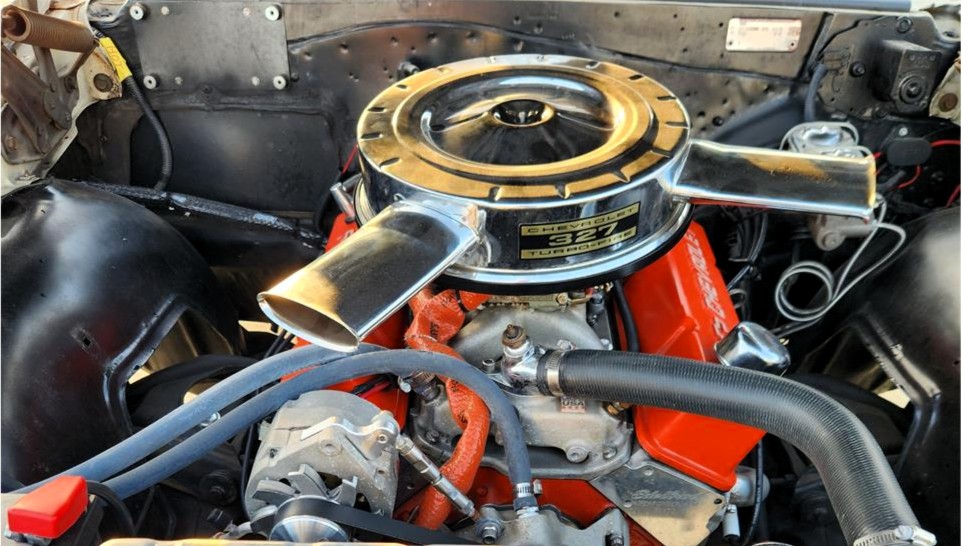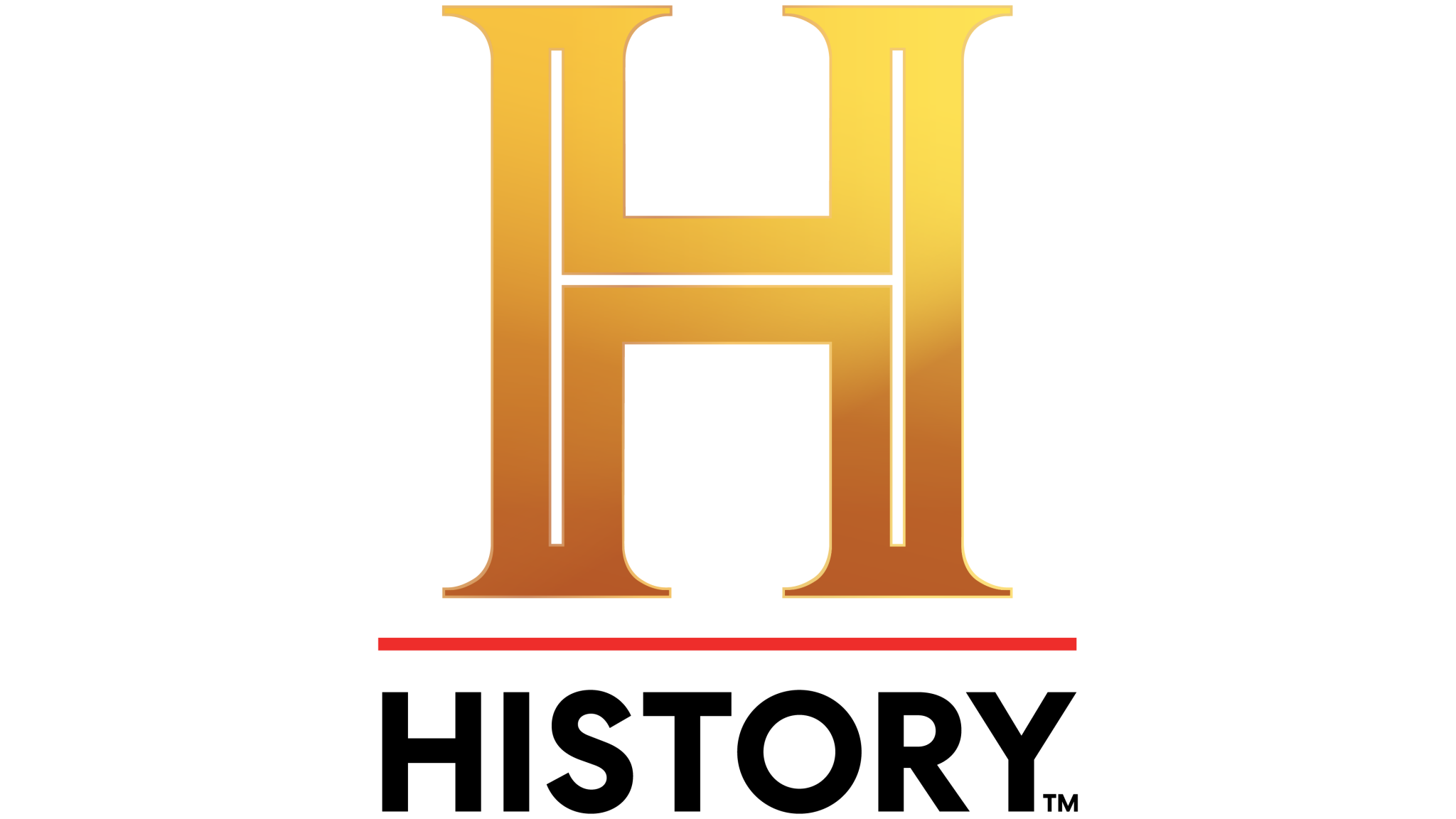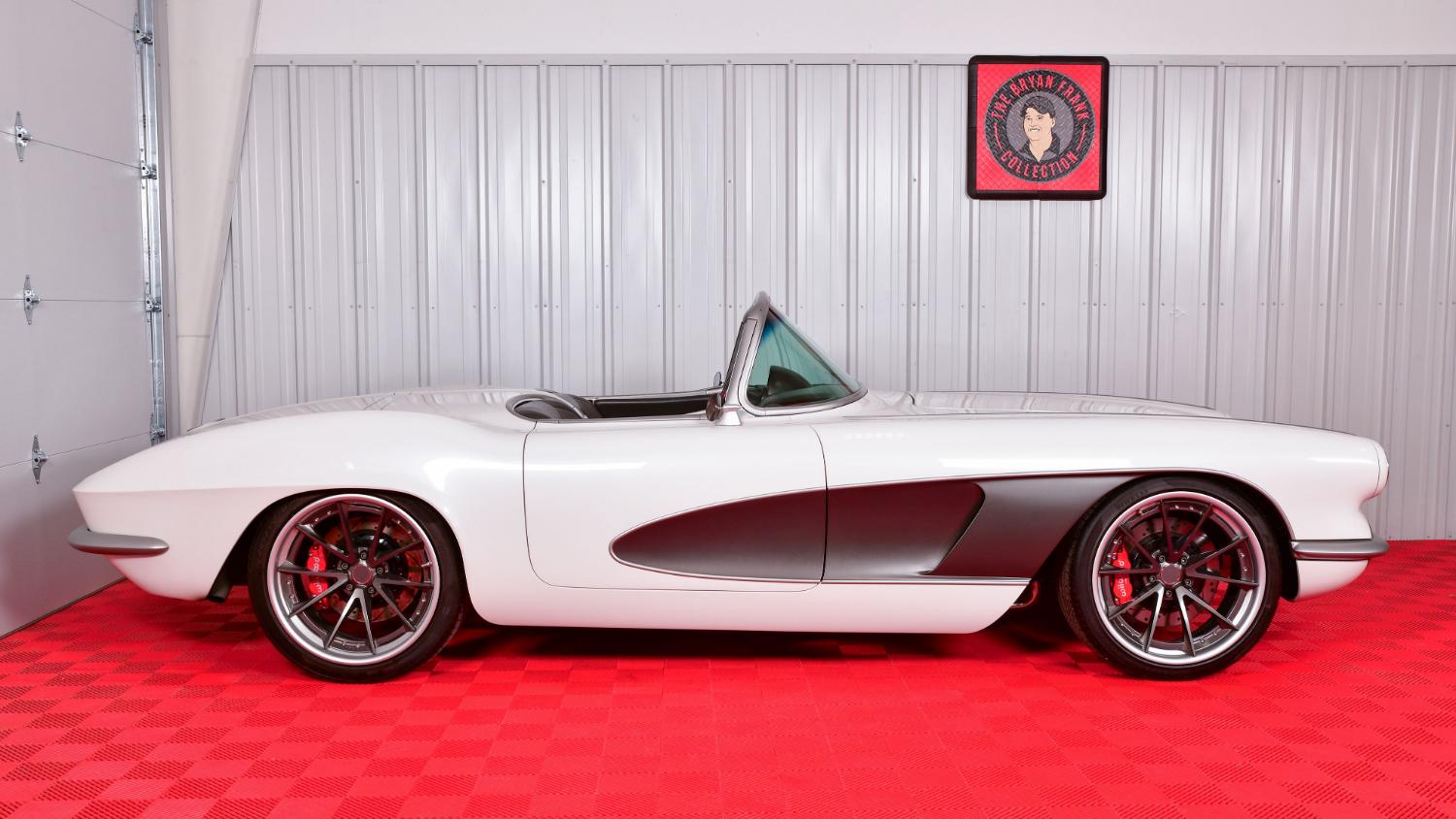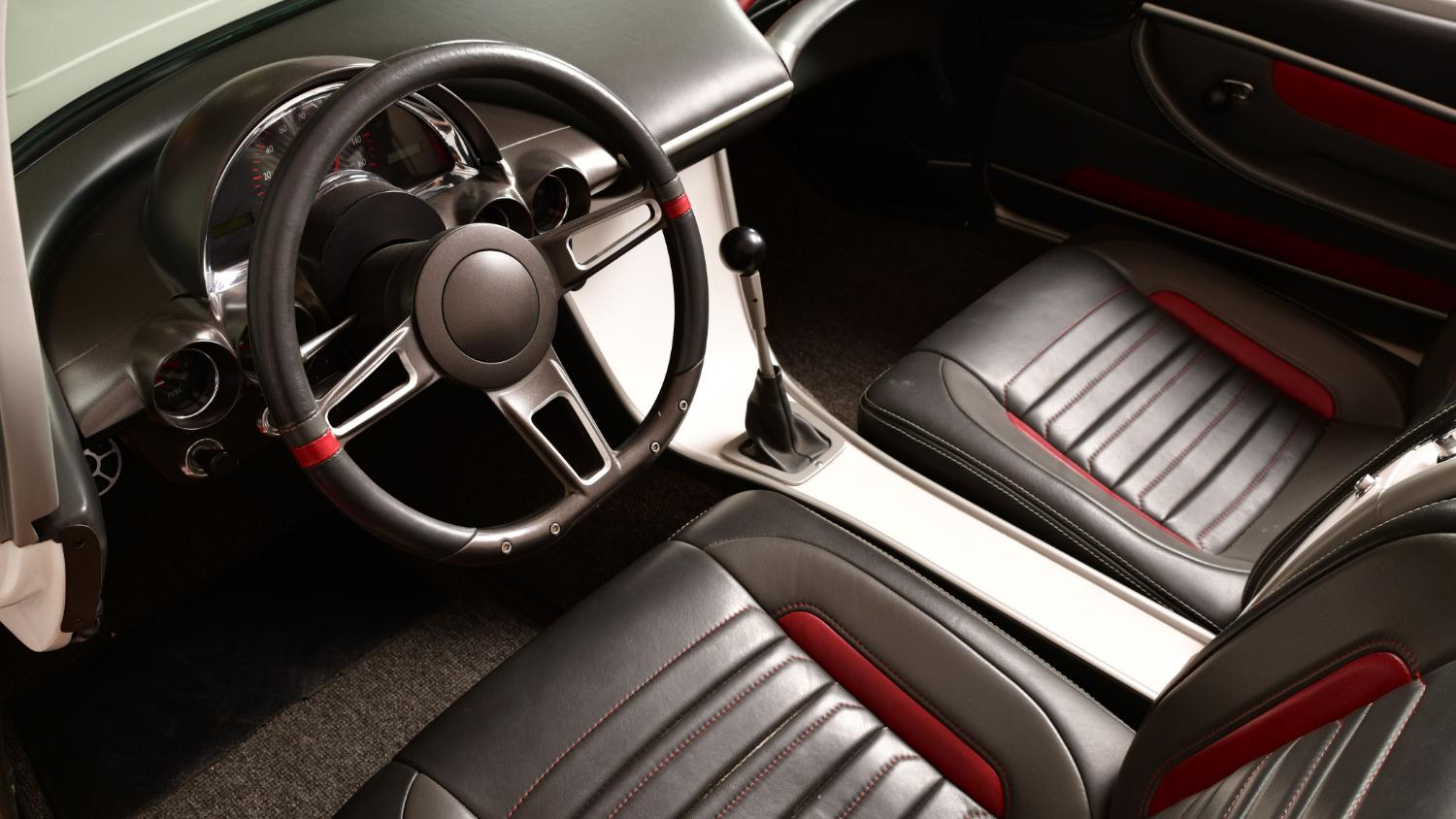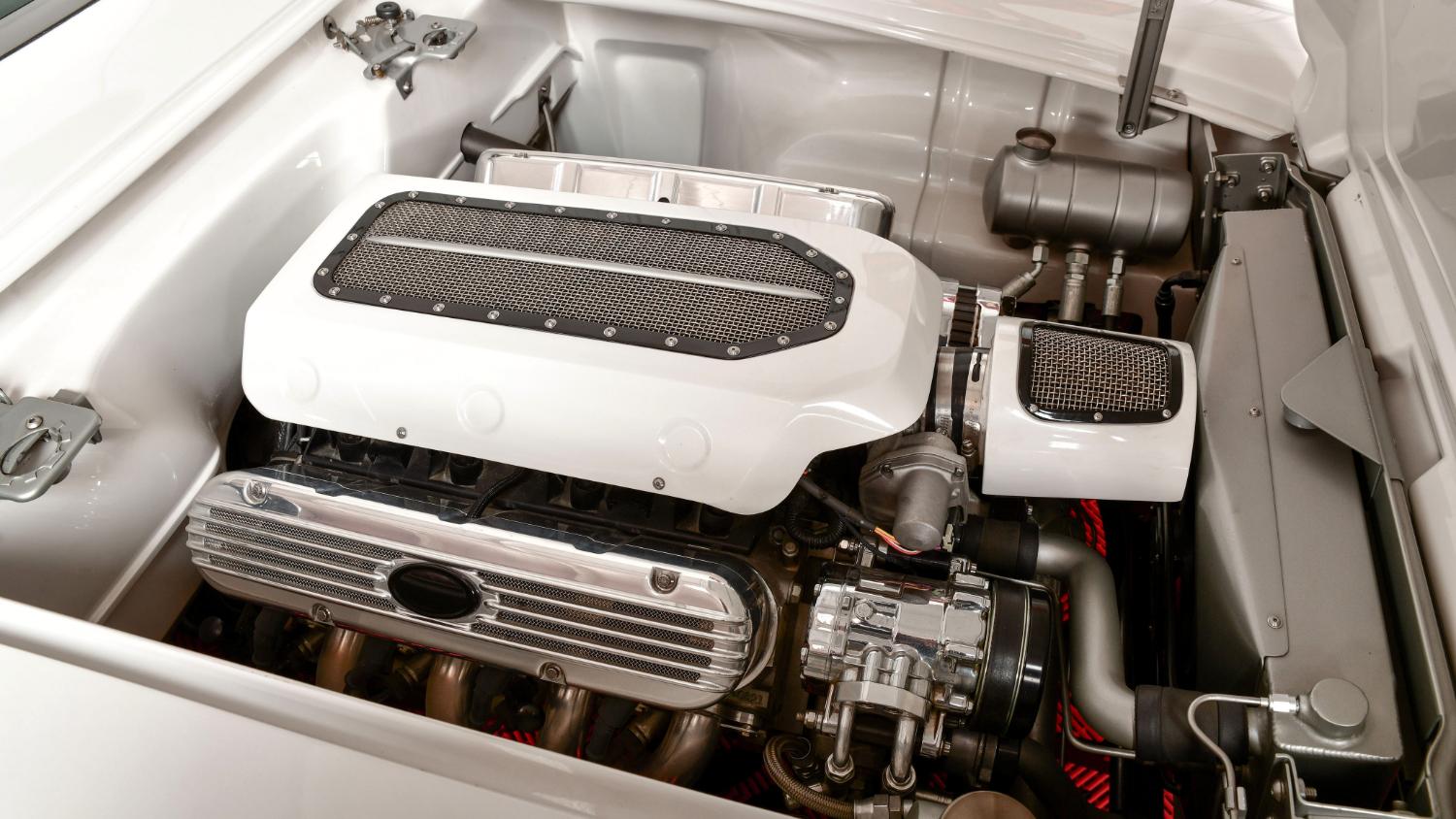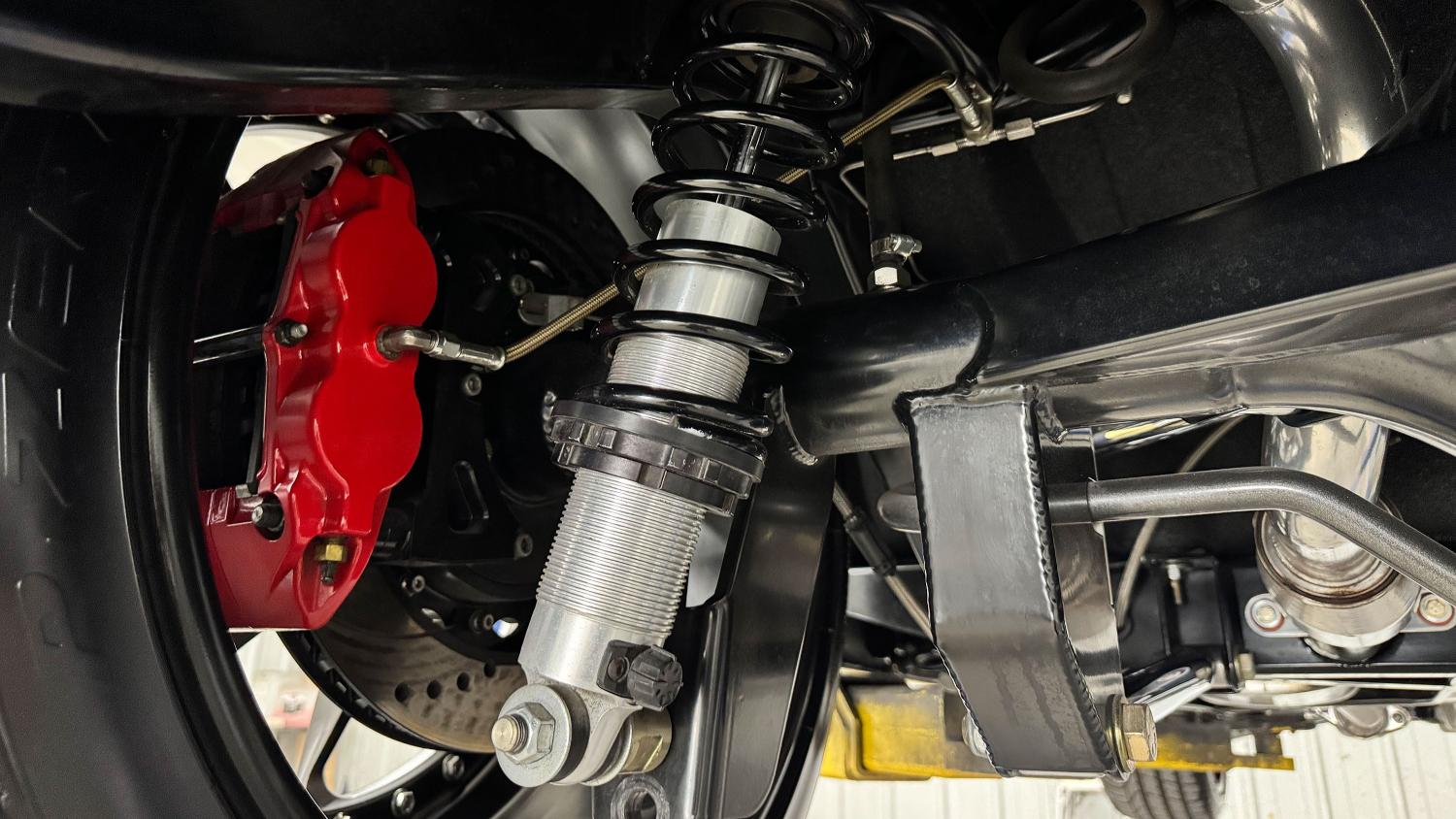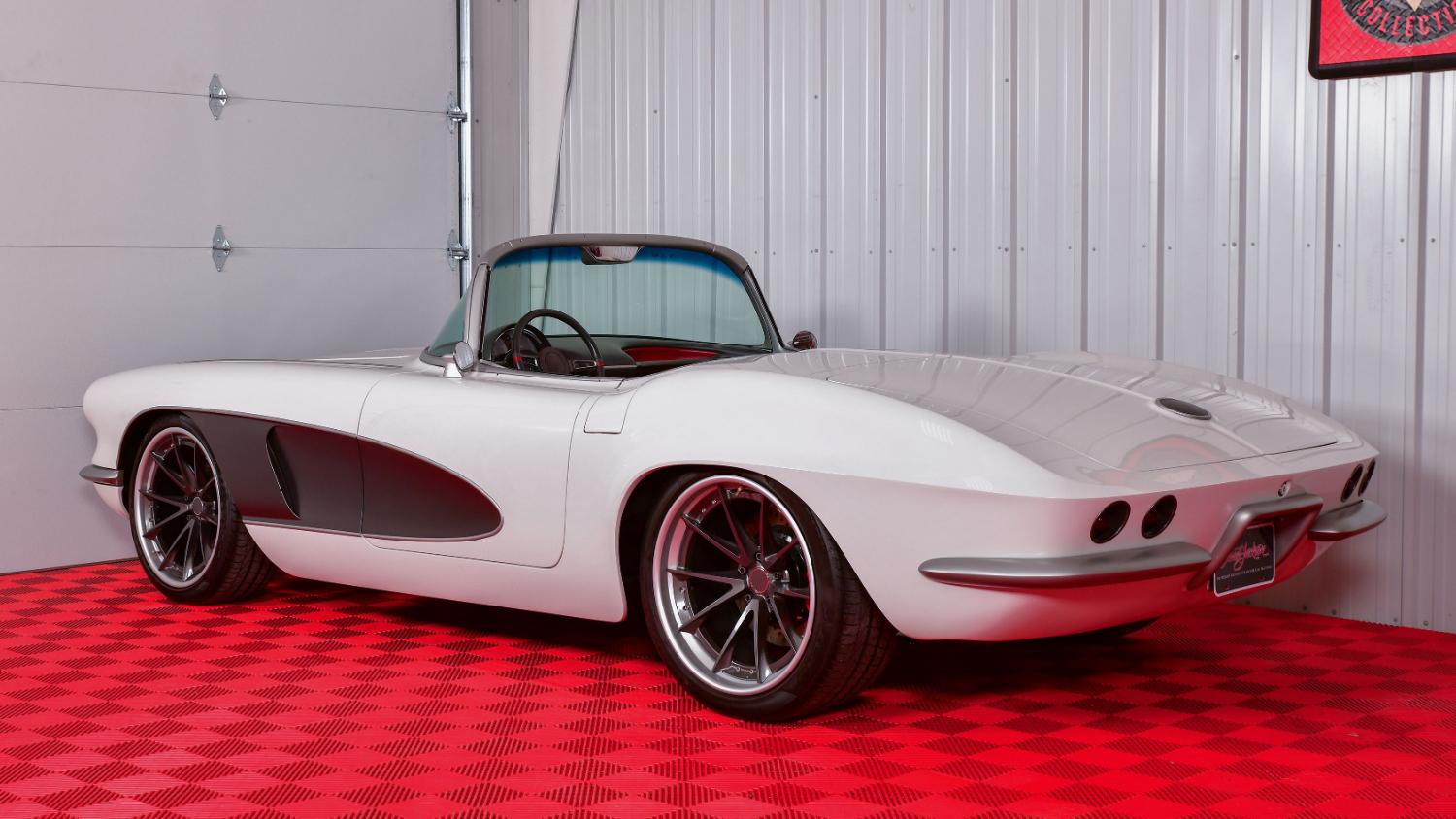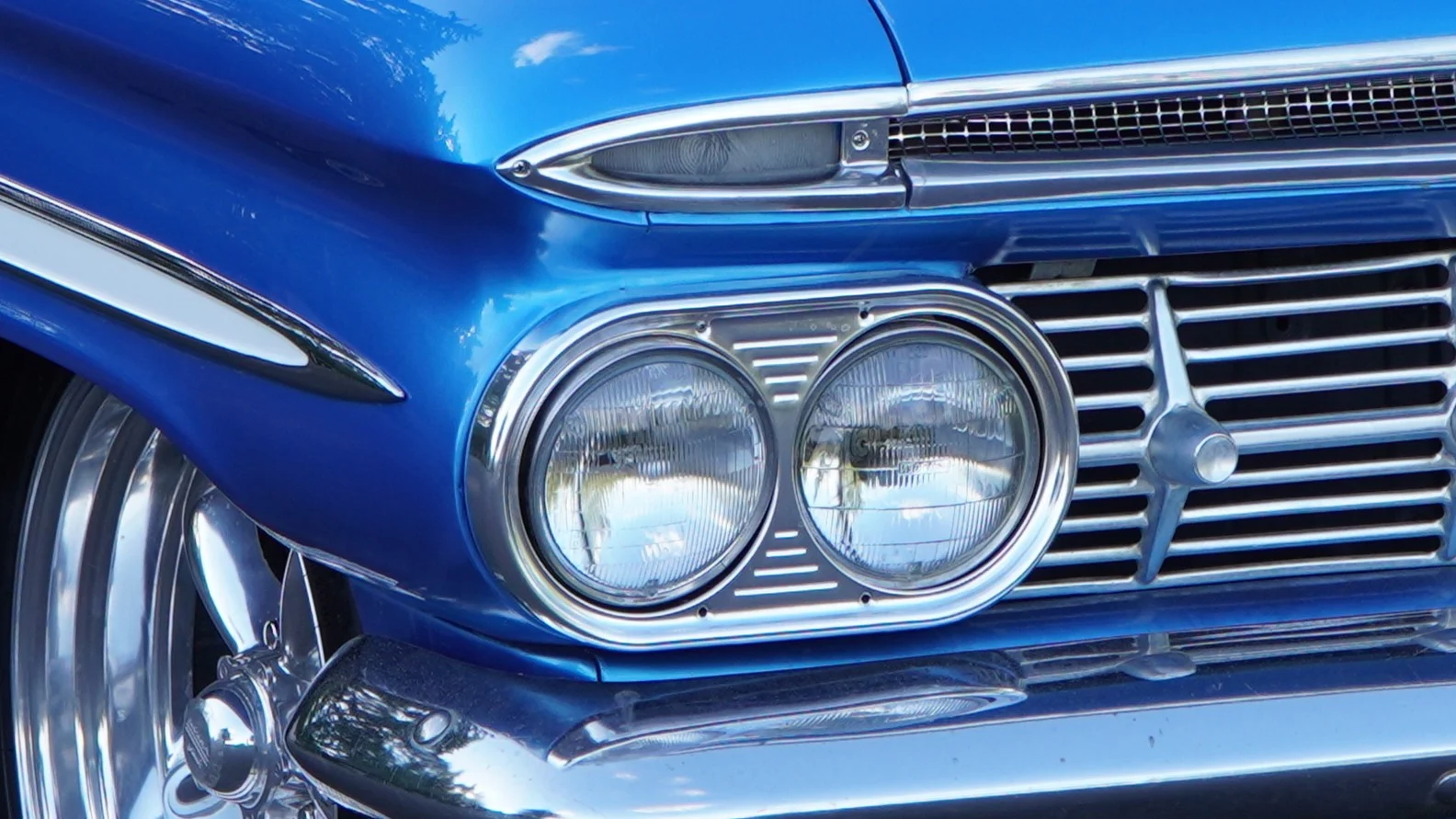The Barrett-Jackson 2025 Scottsdale Fall Auction starts this week. This event is filled with great cars, vintage automobilia, exciting Thrill Rides and more. The auction runs from Wednesday, Oct. 15, through Saturday, Oct. 18, at WestWorld of Scottsdale. Pre-auction fun starts today, Tuesday, Oct. 14, with Bidder Preview Day and the Opening Night Party. If you can’t make it to Scottsdale, you can watch the auction on the Barrett-Jackson Livestream, FYI and HISTORY Channel.
EVENT AND TV SCHEDULE (all times are MST)
Tuesday, Oct. 14, 2025
Bidder Preview Day
Auction Site at WestWorld of Scottsdale
(For credentialed guests age 18+ only)
8 a.m. to 3 p.m.
Opening Night Party
Auction Arena at WestWorld of Scottsdale
(By invitation only)
7 to 10 p.m.
Wednesday, Oct. 15, 2025
Gates, Food Courts, Sponsor Displays Open
Auction Site at WestWorld of Scottsdale
8 a.m. to Auction Close
Barrett-Jackson Fan Zone
Adjacent to the Exhibitor Marketplace
8 a.m. to Auction Close
Exhibitor Marketplace
Exhibitor Pavilion
8 a.m. to Auction Close
Fantasy Bid presented by Dodge
Online at Promo.BarrettJacksonFantasyBid.com
8 a.m. to Auction Close
Dodge Kids Zone
Sponsor Pavilion
8 a.m. to Auction Close
Dodge Thrill Rides
Barrett-Jackson Performance Track
9 a.m. to 5 p.m.
Experience The Collectors Club
Near the Staging Lanes
10 a.m. to Auction Close
TV: Barrett-Jackson Livestream
All the cars, all the time.
Noon to 5 p.m.
Live Music from Jake Jones
Barrett-Jackson Fan Zone
Noon to 2 p.m.
Automobilia Auction
Auction Arena
Noon to 2:30 p.m.
Collector Car Auction
Auction Arena
2:30 p.m. to Auction Close
Adam’s Polishes Detailing Clinic
On the Midway
2 to 3 p.m.
Live DJ at the Red Bull Truck
Barrett-Jackson Fan Zone
2 to 4 p.m.
Live Music from Nineball
South Showcase Music Stage
2:30 to 5 p.m.
Live Music from Pick Up Lines
Barrett-Jackson Fan Zone
4 to 5 p.m.
Live Music from DJ AJAXX
The Cigar Bar (adjacent to the block exit)
4 to 5 p.m.
Thursday, Oct. 16, 2025
Gates, Food Courts, Sponsor Displays Open
Auction Site at WestWorld of Scottsdale
8 a.m. to Auction Close
Barrett-Jackson Fan Zone
Adjacent to the Exhibitor Marketplace
8 a.m. to Auction Close
Exhibitor Marketplace
Exhibitor Pavilion
8 a.m. to Auction Close
Fantasy Bid presented by Dodge
Online at Promo.BarrettJacksonFantasyBid.com
8 a.m. to Auction Close
Dodge Kids Zone
Sponsor Pavilion
8 a.m. to Auction Close
Dodge Thrill Rides
Barrett-Jackson Performance Track
9 a.m. to 5 p.m.
TV: Barrett-Jackson Livestream
All the cars, all the time.
9:30 a.m. to 7 p.m.
Automobilia Auction
Auction Arena
9:30 a.m. to Noon
Experience The Collectors Club
Near the Staging Lanes
10 a.m. to Auction Close
TV: FYI
Barrett-Jackson LIVE
1 to 7 p.m.
TV: International Livestream
Special commercial-free presentation on YouTube, including commentary during FYI and HISTORY broadcasts (international viewers ONLY)
1 to 7 p.m.
Collector Car Auction
Auction Arena
Noon to Auction Close
Live Music from Young Country
Barrett-Jackson Fan Zone
Noon to 2 p.m.
Adam’s Polishes Detailing Clinic
On the Midway
2 to 3 p.m.
Live DJ at the Red Bull Truck
Barrett-Jackson Fan Zone
2 to 4 p.m.
Live Music from Chad Freeman
South Showcase Music Stage
2:30 to 6:30 p.m.
Live Music from Harry Luge
Barrett-Jackson Fan Zone
4 to 6 p.m.
Live Music from DJ AREA 4
The Cigar Bar (adjacent to the block exit)
4 to 8 p.m.
TV: FYI
Encore Presentation of Thursday’s Barrett-Jackson LIVE
7 p.m. to 1 a.m.
Friday, Oct. 17, 2025
Gates, Food Courts, Sponsor Displays Open
Auction Site at WestWorld of Scottsdale
8 a.m. to Auction Close
Barrett-Jackson Fan Zone
Adjacent to the Exhibitor Marketplace
8 a.m. to Auction Close
Exhibitor Marketplace
Exhibitor Pavilion
8 a.m. to Auction Close
Fantasy Bid presented by Dodge
Online at Promo.BarrettJacksonFantasyBid.com
8 a.m. to Auction Close
Dodge Kids Zone
Sponsor Pavilion
8 a.m. to Auction Close
Dodge Thrill Rides
Barrett-Jackson Performance Track
9 a.m. to 5 p.m.
TV: Barrett-Jackson Livestream
All the cars, all the time.
9:30 a.m. to 8 p.m.
Automobilia Auction
Auction Arena
9:30 a.m. to Noon
Experience The Collectors Club
Near the Staging Lanes
10 a.m. to Auction Close
Live Music from Jaty Edwards
Barrett-Jackson Fan Zone
Noon to 2 p.m.
TV: FYI
Barrett-Jackson LIVE
1 to 8 p.m.
TV: International Livestream
Special commercial-free presentation on YouTube, including commentary during FYI and HISTORY broadcasts (international viewers ONLY)
1 to 8 p.m.
Collector Car Auction
Auction Arena
Noon to Auction Close
Adam’s Polishes Detailing Clinic
On the Midway
2 to 3 p.m.
Live DJ at the Red Bull Truck
Barrett-Jackson Fan Zone
2 to 4 p.m.
Live Music from Sedona Red
South Showcase Music Stage
3:30 to 6:30 p.m.
Live Music from Georgia Chrome
Barrett-Jackson Fan Zone
4 to 6 p.m.
Live Music from DJ DILL
The Cigar Bar (adjacent to the block exit)
4 to 8 p.m.
Live DJ at the Red Bull Truck
Barrett-Jackson Fan Zone
6 to 7 p.m.
TV: FYI
Encore Presentation of Friday’s Barrett-Jackson LIVE
8 p.m. to 3 a.m.
Saturday, Oct. 18, 2025
Gates, Food Courts, Sponsor Displays Open
Auction Site at WestWorld of Scottsdale
8 a.m. to Auction Close
Barrett-Jackson Fan Zone
Adjacent to the Exhibitor Marketplace
8 a.m. to Auction Close
Exhibitor Marketplace
Exhibitor Pavilion
8 a.m. to Auction Close
Fantasy Bid presented by Dodge
Online at Promo.BarrettJacksonFantasyBid.com
8 a.m. to Auction Close
Dodge Kids Zone
Sponsor Pavilion
8 a.m. to Auction Close
Dodge Thrill Rides
Barrett-Jackson Performance Track
9 a.m. to 5 p.m.
TV: Barrett-Jackson Livestream
All the cars, all the time.
9:30 a.m. to 8 p.m.
Automobilia Auction
Auction Arena
9:30 a.m. to Noon
Experience The Collectors Club
Near the Staging Lanes
10 a.m. to Auction Close
Live Music from Modern Takes
Barrett-Jackson Fan Zone
Noon to 2 p.m.
TV: HISTORY
Barrett-Jackson LIVE
1 to 8 p.m.
TV: International Livestream
Special commercial-free presentation on YouTube, including commentary during FYI and HISTORY broadcasts (international viewers ONLY)
1 to 8 p.m.
Collector Car Auction
Auction Arena
Noon to Auction Close
Adam’s Polishes Detailing Clinic
On the Midway
2 to 3 p.m.
Live DJ at the Red Bull Truck
Barrett-Jackson Fan Zone
2 to 4 p.m.
Live Music from Crown Kings
South Showcase Music Stage
3:30 to 6:30 p.m.
Live Music from Kailin Kay Band
Barrett-Jackson Fan Zone
4 to 5 p.m.
Live Music from DJ D LEU
The Cigar Bar (adjacent to the block exit)
4 to 8 p.m.
Live DJ at the Red Bull Truck
Barrett-Jackson Fan Zone
5 to 8 p.m.
Sunday, Oct. 19, 2025
TV: FYI
Encore Presentation of Saturday’s Barrett-Jackson LIVE
8 p.m. to 3 a.m.
